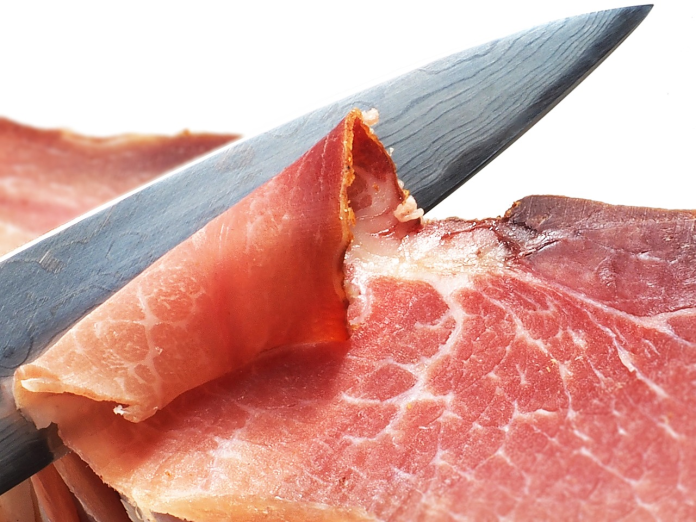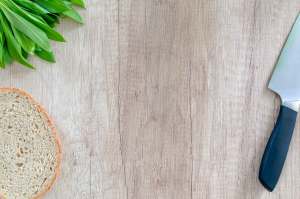
You can sharpen any knife by following these methods: using honing steel, whetstone, and a guide. To ensure you get the best results, use high-quality steel. If you aren’t sure which method to use, read on to discover the best way to sharpen knives. This article will provide a general outline for every method, including how to choose the best tool for the job.
Angle
Table of Contents
Not all knives can be sharpened at a high-angle. The best angle of utensil grinding depends on the work you’ll be performing. The best angle is the one that produces the edge closest to the edge you want. This means you’ll need to adjust the angle of the sharpener to get the precise angle you want.
However, if your utensil has an irregular edge, you should adjust the angle of the sharpener to get the exact angle you want. This should not be a difficult process if you follow these basic guidelines. The angle of utensil grinding is best measured by resting the blade on the edge of the stone.
You can measure the angle by placing your utensil on the edge of the stone and looking at it. The correct angle is usually 20 degrees (click here to learn more), but a simple method is to fold a piece of paper in half and use that as a reference. This will get you close to the right angle. If the angle is not right, adjust the angle to half of the original angle.
The angle of knife sharpening (or “grinding”) is important for a variety of reasons. It determines the durability and edge quality of a blade. High-angle grinding is beneficial for pocket knives, which are often used for splitting kindling. A high-angle grinding from Oakland knife sharpening prevents folding over, which feels like a burr on the edge. The longer the utensil stays sharp, the more efficient it will be.
The hardness of the steel is also a factor in the angle of utensil sharpening. In general, a kitchen utensil is sharpened at a seventeen to twenty-degree angle. Western-style knives are generally sharpened to a 20-degree angle. However, most Asian knives sold in the U.S. have an acute angle of 15 degrees. These knives are designed for tougher tasks. They require less pressure during grinding.
Using Whetstone
Knife grinding is not something that most of us do frequently. It requires a lot of time and effort, but the end result is a sharp knife that cuts through just about anything effortlessly and quickly. With a little practice, you can use a whetstone to whet your knives at home! Here are some ways to whet knives using a whetstone:
First, you’ll want to choose a proper whetstone. Whetstones have different numbers and are generally used to whet damaged knives. They’re useful for fixing chips and nicks on a blade, and often come with a coarse side for repairing nicks. A coarse whetstone is great for grinding damaged knives, but not for general grinding.
Once you have chosen the correct angle for your utensil, use light pressure while working on one side of the blade. You can use your non-dominant hand to pull the blade over the whetstone, allowing it to move across the entire blade. Repeat this process on the opposite side. During each stroke, try slicing a piece of fruit to test the sharpness.
If you’re using a coarse whetstone, the tip of the utensil should be pressed against the stone while the heel touches the stone. When you’re finished, repeat the process on the other side, reducing the number of sweeps by two for each set. When you’re done, you can remove the non-slip base and allow the stone to dry. After each set, you should check the utensil with a fine-grit stone to check for burrs.
The most important tip to remember when using a whetstone is to not allow the burr to form on the blade. The burr is a thin strip of metal that is created when the utensil is wheted. You should always use a grinding stone at least once a week, to maintain its sharpness. After each grinding session, your utensil will be sharper and last longer.
Using Steel
If you want to make your knives sharp, you can use steel for grinding. If you don’t have grinding steel, you can use a whetstone or a stone. While steel is great for smaller maintenance, the grinding process can be dangerous so make sure to follow the guidelines laid out here: https://www.hse.gov.uk/catering/knives.htm or on your maker’s YouTube channel.
Firstly, you will need to hold the grinding steel point down with your non-dominant hand. Hold your knife in a crosswise position with the back of the blade touching the steel. Hold your knife so that it is approximately fifteen degrees from the steel.
Then, with gentle pressure, slide the knife blade down the steel. Make sure to alternate sides when honing. Once you’re done with one side, you can move onto the other. Once you’ve set the angle, you can whet your utensil. It’s important to remember that most knives are wheted at a 20-degree angle.
A good way to remember the angle is to hold the utensil at a 15-degree angle. To find the right angle, just visualize the angle in which you’re cutting. This will help you decide how much pressure you should apply. Another option is a diamond rod, which is the hardest and most abrasive type. It can redefine a utensil’s edge and remove microscopic metal fillings.
It’s not as abrasive as a diamond, but it’s still good for finer grinding. However, it’s important to use caution because the edges of the steel can damage the blade. You can use a honing steel on a blade in a variety of positions. If you have a dull utensil, make sure to use light strokes to reheat it. On the other hand, if you’re using a tough-cutting utensil, you may need to make light swipes to restore the edge.













